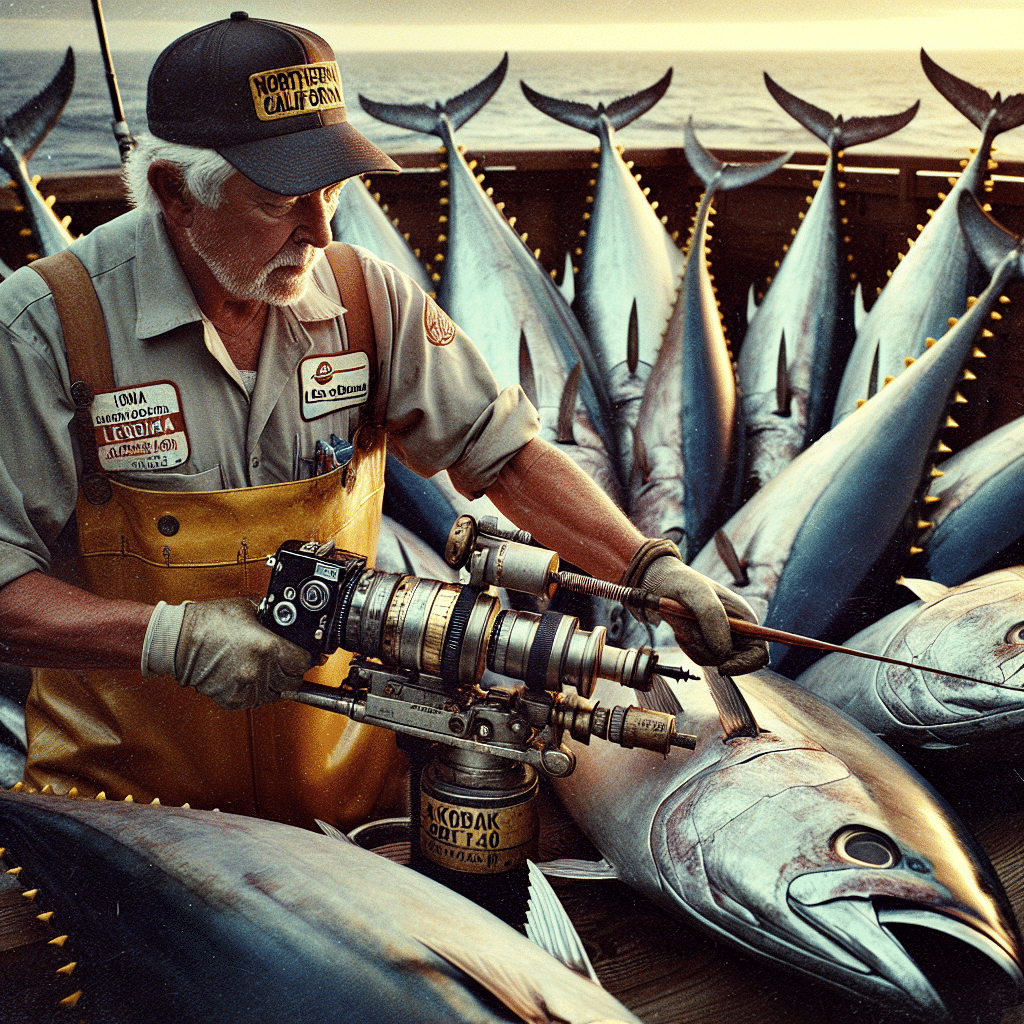Tuna Fishing in Northern California: A Comprehensive Guide
Tuna fishing in Northern California is an exhilarating experience that attracts anglers from all over the world. The region’s diverse marine ecosystem, combined with the migratory patterns of various tuna species, makes it a prime location for both recreational and commercial fishing. This article delves into the techniques, seasons, regulations, and best practices for tuna fishing in Northern California, providing a detailed guide for enthusiasts looking to make the most of their fishing trips.
Understanding Tuna Species in Northern California
Northern California waters are home to several species of tuna, including:
- Albacore Tuna: Known for their long pectoral fins, albacore tuna are a popular target for anglers. They are typically found in cooler waters and are known for their strong, fast runs when hooked.
- Bluefin Tuna: These are among the largest and most prized tuna species. Bluefin tuna are known for their incredible strength and speed, making them a challenging catch.
- Yellowfin Tuna: Recognizable by their bright yellow fins, yellowfin tuna are often found in warmer waters. They are known for their aggressive feeding habits and are a favorite among sport fishers.
Best Seasons for Tuna Fishing
The seasonality of tuna fishing in Northern California varies by species:
- Albacore Tuna: The high season for albacore tuna is typically in September, with low seasons from January to July and November to December. There is no closed season, but the best catches are often reported in late summer and early fall.
- Bluefin Tuna: The peak season for bluefin tuna is from July through late November. These months offer the best opportunities to catch large bluefin, especially in areas like Bodega Bay and the Farallon Islands.
- Yellowfin Tuna: Yellowfin tuna are most commonly caught from July to September. The warm summer waters create ideal conditions for these fish, making it the best time to book a charter.
Tuna Fishing Techniques
Several techniques are employed in tuna fishing, each with its own set of advantages and challenges:
Trolling
Trolling involves dragging artificial or rigged dead baits behind a moving boat. This technique is effective for covering large areas and attracting tuna that are spread out. Trolling is particularly popular for albacore and yellowfin tuna.
Live Baiting
Using live bait such as sardines, mackerel, or anchovies can be highly effective, especially for larger tuna species like bluefin. The lively movement of the bait attracts tuna, making it an excellent technique for both recreational and commercial fishers.
Jigging
Jigging involves using a metal or plastic jig to mimic the movement of a baitfish. This technique requires quick retrieval and a fluttering motion to entice tuna. Vertical jigging is particularly effective for reaching tuna that reside hundreds of feet below the surface.
Kite Fishing
Kite fishing uses a kite to fly bait away from the boat, reducing the chance of scaring away the fish. This technique also helps keep the fishing line out of the water, making it less visible to tuna. Kite fishing is especially popular on the West Coast and is effective for catching large bluefin tuna.
Chunking
Chunking involves cutting up baitfish and spreading the pieces in the water to create a chum line. Once the tuna are attracted to the chum, hooks are dropped into the water to catch them. This technique is useful when tuna are feeding in the top level of the water column.
Regulations and Conservation
Tuna fishing in Northern California is subject to various regulations to ensure sustainable practices and conservation of tuna populations:
- Bag Limits: Recreational fishermen are allowed to take and retain no more than two bluefin tuna per day. For albacore tuna, the limit is ten fish south of Point Conception and twenty-five fish north of it.
- Filleting Requirements: South of Point Conception, any filleted tuna must be individually bagged and marked with the species’ common name. The fish must be cut into specific pieces with all skin attached.
- Fishing Licenses: Anglers must have a valid California fishing license. Specific regulations regarding bag limits, possession limits, and fillet procedures must be followed.
Best Locations for Tuna Fishing
Northern California offers several prime locations for tuna fishing:
- Bodega Bay: Known for its large bluefin tuna, Bodega Bay is a hotspot for anglers looking to catch trophy-sized fish. The area is also popular for albacore and yellowfin tuna.
- Farallon Islands: Located off the coast of San Francisco, the Farallon Islands are a prime location for bluefin and yellowfin tuna. The nutrient-rich waters attract a variety of marine life, making it an excellent fishing ground.
- Monterey Bay: This area is known for its diverse marine ecosystem and is a great spot for catching albacore and bluefin tuna. The bay’s deep waters provide ideal conditions for these species.
Tips for a Successful Tuna Fishing Trip
To maximize your chances of a successful tuna fishing trip, consider the following tips:
- Use the Right Gear: Ensure you have the appropriate gear for the species you are targeting. For bluefin tuna, heavy-duty rods and reels are essential. For albacore and yellowfin, lighter tackle may suffice.
- Monitor Water Temperature: Tuna are often found near temperature breaks where warm and cold waters meet. Use a fishfinder to locate these areas and increase your chances of finding tuna.
- Chum Effectively: When chunking, ensure you have enough bait to create a consistent chum line. This will attract tuna to your boat and keep them feeding near the surface.
- Stay Patient and Persistent: Tuna fishing can be challenging, and it may take time to locate and catch these elusive fish. Stay patient and be prepared to spend several hours on the water.
Conclusion
Tuna fishing in Northern California offers an exciting and rewarding experience for anglers of all skill levels. By understanding the different species, seasons, techniques, and regulations, you can enhance your fishing trips and increase your chances of landing a prized tuna. Whether you are trolling for albacore, jigging for bluefin, or kite fishing for yellowfin, Northern California’s diverse waters provide ample opportunities for a memorable fishing adventure.
For those looking to take their fishing adventures to the next level, consider installing an EVA Foam Fish Ruler from IDALAKE on your boat. This essential tool ensures accurate measurements of your catches, helping you comply with fishing regulations and track your personal bests efficiently. With a simple peel-and-stick installation process, the EVA Foam Fish Ruler is a must-have for any serious angler.


